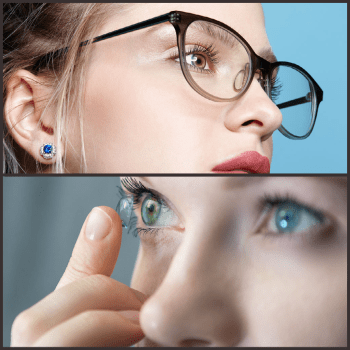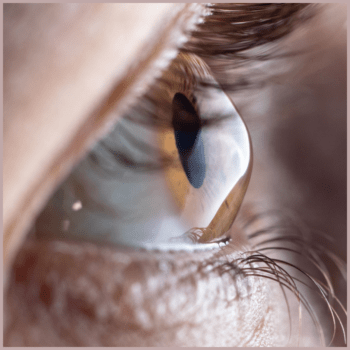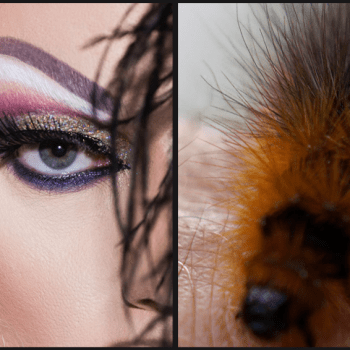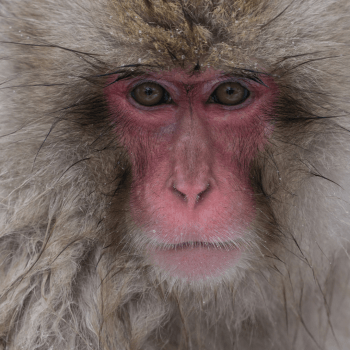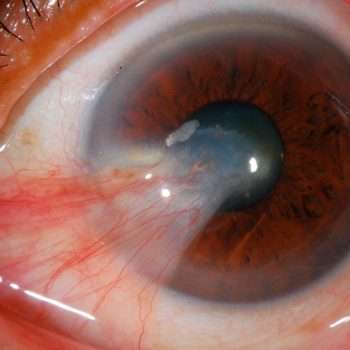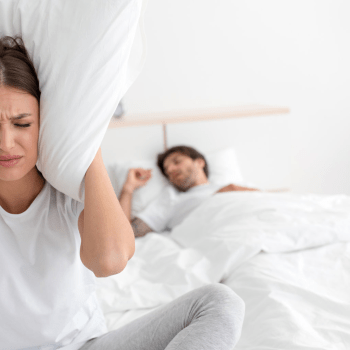Making the switch to contact lenses from glasses? While contact lenses offer a lot of freedom, there are a lot of things to consider when using them to their best advantage. 7 REASONS WHY CONTACT LENSES ARE BETTER THAN GLASSES FACTORS GLASSES CONTACT LENSES 1. Field of vision Restricted due to the frame Wider field...
Category: Eye Health
SMOKING IS INJURIOUS TO EYE HEALTH
WHO estimates that tobacco kills over 8 million people every year, including over 1.2 million from second-hand smoke exposure. The second-hand tobacco smoke is the smoke from burning end of cigarettes, bidis, and water pipes and the smoke that people exhale when they smoke. The inhalation of tobacco smoke exposes the body to more than...
KERATOCONUS: DIAGNOSIS AND MANAGEMENT
Keratoconus is a progressive eye condition that affects the cornea, the outermost transparent window of the eye. The disease causes the cornea to thin and bulge outward due to a weakening of its stromal layer. While both eyes can be affected, the symptoms may be more severe in one eye. ETIOLOGY: The exact cause of...
CATERPILLAR HAIR: CAN IT MAKE YOU BLIND?
There are more than a thousand species of caterpillars. The species is widespread around the globe. As herbivores, they live in areas where plants are abundant. In addition to having a head, thorax, and abdomen, they also have tiny hairs on their body. For a caterpillar to metamorphose into a butterfly, it can take several...
EYE PROBLEMS DURING PREGNANCY
During pregnancy, ocular changes are common. Pregnancy-induced changes in the eyes are usually reversible or return to normal after the pregnancy ends. Some cases, however, require treatment and management during or after pregnancy. Pregnancy induces changes in the eyes due to metabolic, hormonal, and immunologic changes. In general, the changes fall into two categories: Physiological:...
2 minute read on monkeypox and its ocular implications
1. what is A monkeypox VIRUS? Monkeypox virus was first discovered in 1958 in a research facility in Denmark when macaques (crab-eating monkeys) fell ill and showed some lesions on their skin. A double-stranded DNA virus, this virus comes from the same family as smallpox, which was eradicated in 1980. In contrast to smallpox, monkeypox...
TOP 12 FAQ ON LAZY EYE AKA AMBLYOPIA
Johnny Depp has been in news a lot lately but what is pertinent to this topic is that the lazy eye has not even spared our favorite Jack Sparrow. However, it didn’t stop him from fulfilling his dreams. He is today one of the most celebrated actors in cinema. Q1. What is a lazy eye?...
MIGRAINE AND VISUAL AURA
WHAT IS A MIGRAINE? Migraine is a chronic neurologic disease characterized by 4 different stages: Stage 1: Prodromal stage Stage 2: Aura Stage 3: Headache Stage 4: Postdrome Migraine is more than just a headache. Various other associated symptoms make this disorder a complex problem. EPIDEMIOLOGY About 12% of the general population suffers from migraines....
PTERYGIUM OR SURFER’S EYE: SYMPTOMS, MANAGMENT AND MORE
WHAT IS PTERYGIUM? Pterygium is a raised, pinkish, wing-shaped fleshy growth on the conjunctiva of the eye extending towards the cornea. Ninety percent of the cases occur on the nasal side. Essentially, it consists of three identifiable parts: an apex (head), a neck, and a body. With the head extending towards the cornea and the...
WHAT IS SLEEP APNEA AND HOW DOES IT AFFECT THE EYES
WHAT IS OSA OR OBSTRUCTIVE SLEEP APNEA? Obstructive sleep apnea is defined as airflow obstruction (>90% collapse of the airway in the throat) for >10 seconds in the presence of breathing effort. In other words, a person who is sleeping stops breathing for a moment. Sleep apnea patients may stop breathing as many as 100...

